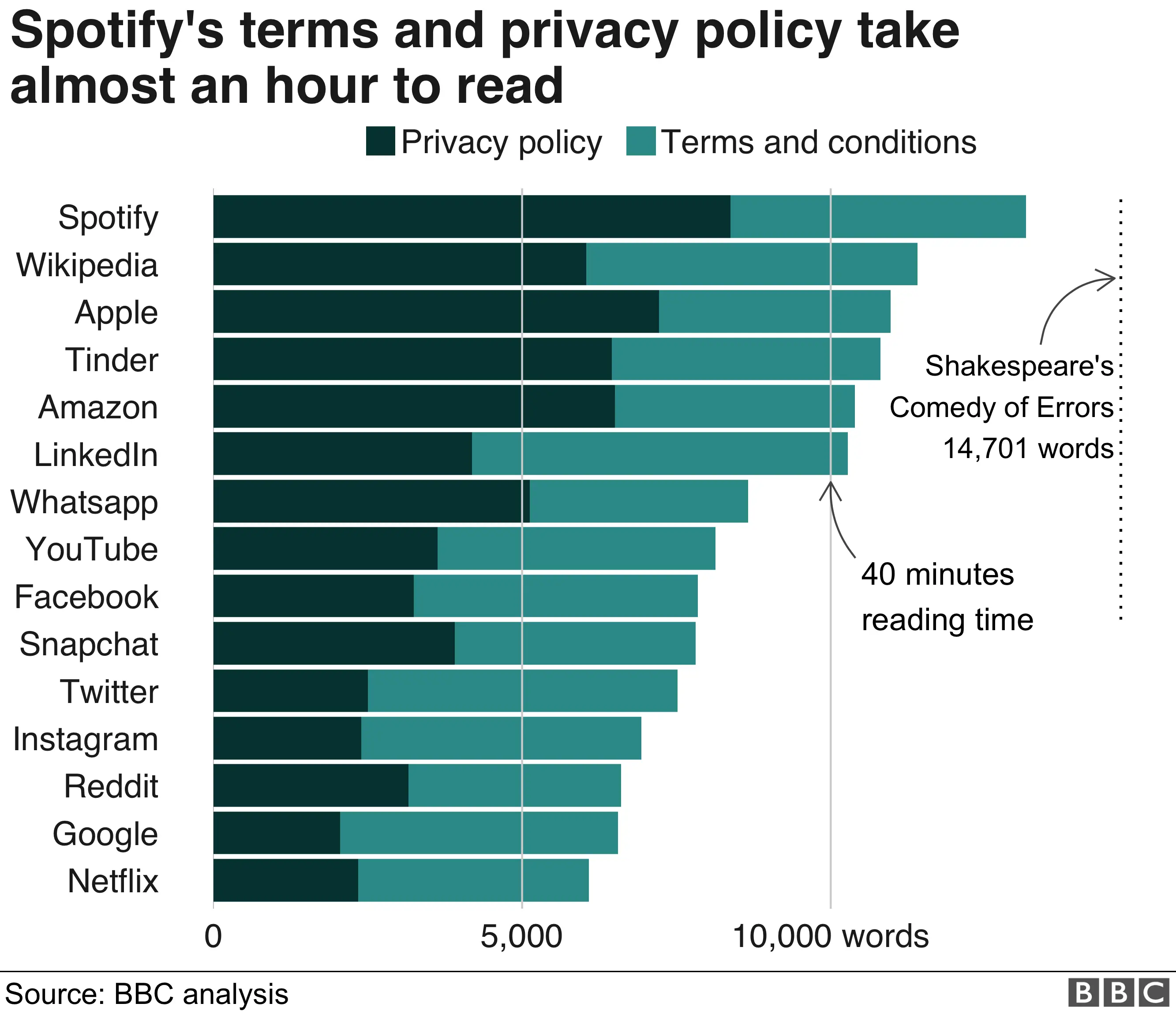Have you ever wondered how long it takes to read 10,000 words? Maybe you’re diving into a gripping novel, tackling a detailed report, or simply curious about your reading speed.
Understanding how long it will take can help you plan your time better and set realistic goals. You might be surprised by the answer, as it depends on several factors, including your reading habits and the complexity of the text.
Imagine finishing a project earlier than expected or finally carving out that much-needed time for yourself. By the end of this article, you’ll have a clear idea of what to expect and might even discover some tips to enhance your reading efficiency. So, are you ready to unlock the secrets of your reading pace? Let’s dive in and find out!
Factors Affecting Reading Speed
Most people read at a speed of about 200 words per minute. Some read faster, up to 300 words per minute. Children often read slower, around 100 words per minute. Reading speed can vary a lot from person to person.
Complex words and sentences slow down reading. Simple stories are read quickly. Technical or scientific texts take longer. People might need to pause and think. This affects how fast they read.
Readers understand familiar topics faster. New or strange subjects need more time. Recognizing familiar words helps speed. Familiar stories are easier to follow. This makes reading quicker.

Credit: www.bbc.com
Calculating Reading Time
Reading speed varies for everyone. Most people read 200 to 300 words each minute. If you read 250 words per minute, 10000 words take 40 minutes. Faster readers finish quicker. Slower readers need more time.
Online calculators help estimate reading time. Enter total words and your speed. The tool shows how long reading will take. This is easy and quick. Many websites offer free calculators.
Breaks affect reading time. Long texts need pauses. Taking breaks helps focus. Add extra minutes for rest. Plan your breaks wisely. Reading non-stop tires the mind.
Improving Reading Speed
Speed reading can help you read faster. First, try using a pointer. Your finger can guide your eyes. This keeps your focus strong. Next, practice reading groups of words. Not just one word at a time. This helps you move quickly. Finally, avoid saying words in your head. It’s called subvocalization. It can slow you down. Practice these steps to read faster.
Focus is key for reading. Find a quiet place. Fewer distractions mean better reading. Take short breaks often. It refreshes your mind. Understand what you read. Ask yourself questions. Use a highlighter for key points. This helps with remembering. Stay curious about the text. It keeps your attention strong.
Practice reading different kinds of texts. Start with stories. They are easier. Try newspapers next. They have many topics. Then read some science articles. They can be tough. Each type helps you grow. You learn new words and ideas. It prepares you for all texts. Practice makes reading easier.

Credit: twitter.com
Balancing Speed And Understanding
Skimming helps you read faster. You catch the main ideas quickly. But you might miss details. Deep reading takes more time. It helps you understand everything. Both methods are useful. Choose the right method for your goal.
When to Slow Down is important. Slow down for hard parts. Slow reading helps in understanding. Some stories need more attention. Slow reading makes them clear. Know when to switch speeds.
To retain information effectively, focus on key points. Write notes while reading. Repeat important details. This helps in remembering. Breaks help too. Rest your eyes and mind. It makes learning easier.
Reading Different Formats
Reading on a screen can be faster for some people. Digital reading often includes tools to adjust text size. This helps the eyes. Print reading feels different. The texture of the paper can be calming. It might take longer to read on paper. Both formats have their own benefits.
Listening to audiobooks is another way to read. It can be faster than reading text. You can listen while doing other tasks. This saves time. The speed of the audiobook can be adjusted. Faster speeds help finish books quickly. Audiobooks make reading easy for busy people.
Many apps now have interactive reading tools. These tools make reading fun. They highlight words and read aloud. This helps with understanding. Some tools have quizzes to test knowledge. These features can make reading faster and more engaging. Interactive tools are great for kids and adults.

Credit: overviewbible.com
Frequently Asked Questions
How Many Hours To Read 10,000 Words?
Reading 10,000 words typically takes about 1. 5 to 2 hours. This estimate assumes an average reading speed of 200-250 words per minute. Individual reading speed and comprehension can impact the total time. Speed readers might complete it faster, while others may take a bit longer.
What Factors Affect Reading Speed?
Several factors influence reading speed, including familiarity with the subject, complexity of the text, and individual reading habits. Distractions or lack of interest can slow reading, while engaging content might enhance speed. Practicing reading regularly can also improve your pace and comprehension over time.
Is It Possible To Speed Read 10,000 Words?
Yes, speed reading can help. Techniques like skimming and focusing on keywords can increase speed. With practice, some people can read significantly faster than average. However, comprehension may decrease if speed reading isn’t done carefully. Balancing speed with understanding is essential for effective reading.
How Does Reading Device Impact Speed?
Reading on different devices can affect speed. E-readers and tablets offer adjustable text sizes, improving comfort and speed. Screen glare or small fonts on phones might slow you down. Choose a device that suits your preferences for a more enjoyable and efficient reading experience.
Conclusion
Reading 10,000 words takes time and depends on your speed. Fast readers might finish in an hour. Slower readers may need two. Practice can help improve speed over time. Remember to enjoy the content. Don’t rush the experience. Factors like complexity and interest affect reading time.
Choose a comfortable environment. Minimize distractions for better focus. Use tools like timers to track your progress. Consistent reading builds skill and speed. Embrace the journey of reading. It enriches knowledge and understanding. Happy reading!
